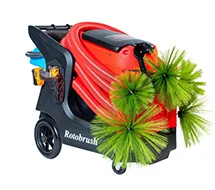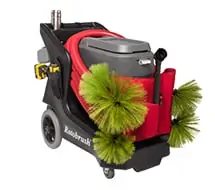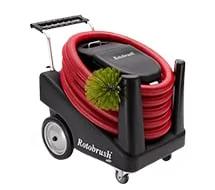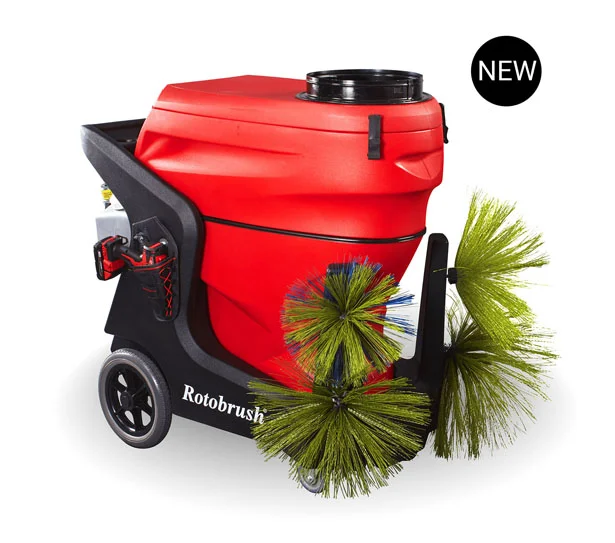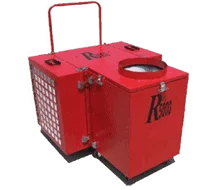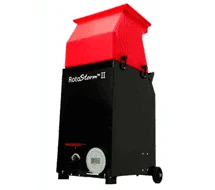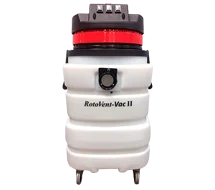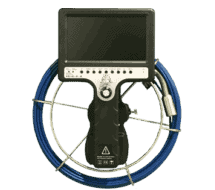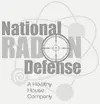
- Michelle Landers
- Blog
In recent years, allergies have become increasingly prevalent and severe, affecting a growing number of individuals worldwide. The rise in allergic reactions can be attributed to various factors, including changes in our environment, lifestyle, and exposure to indoor air pollution. Let’s explore the relationship between allergies and indoor air pollution, discuss ways to reduce allergens within our homes, and shed light on important facts about allergy season.
The Connection between Indoor Air Pollution and Allergies-
Indoor air pollution refers to the presence of contaminates and allergens within enclosed spaces, such as homes, offices, and schools. The impact of indoor air pollution on allergies is significant, as individuals spend a considerable amount of time indoors. Here’s how indoor air pollution exacerbates allergies:
- Allergen accumulation: Dust mites, pet dander, mold spores, and pollen can accumulate in indoor environments, triggering allergic reactions in sensitive individuals.
- Volatile Organic Compounds (VOCs): Household cleaning products, synthetic fragrances, and building materials emit VOCs that can irritate the respiratory system and worsen allergy symptoms.
- Poor ventilation: Inadequate ventilation can lead to the buildup of indoor pollutants, reducing air quality and increasing the concentration of allergens.
Strategies To Help Reduce Allergens Inside the Home-
- Regular cleaning: Regularly dusting surfaces, vacuuming carpets and upholstery, and mopping floors can help remove allergens like dust mites, pollen, and pet dander.
- Maintain low humidity: Keeping humidity levels between 30% and 50% can prevent the growth of mold and dust mites. Dehumidifiers and proper ventilation can aid in achieving optimal humidity levels.
- Minimize indoor pollutants: Use environmentally friendly cleaning products and limit the use of aerosols and fragrances that may contain irritants. Properly ventilate the home when using chemicals.
- Regular HVAC maintenance: Change air filters regularly and have heating, ventilation, and air conditioning (HVAC) systems inspected and cleaned to ensure proper functioning and reduce allergen circulation.
Spring and fall are prime allergy seasons. During these times, trees release pollen and ragweed and mold spores become more prevalent. The severity and timing of allergy seasons vary depending on geographic location, but allergies are on the rise, and their worsening effects can be attributed to a variety of factors, including indoor air pollution. Understanding the connection between allergies and indoor environments is crucial for effectively managing allergic reactions. By implementing strategies to reduce allergens within our homes and staying informed about allergy seasons, individuals can minimize their exposure to triggers and alleviate allergy symptoms. Remember, a healthy home and awareness of potential allergens can go a long way in promoting overall well-being and improving quality of life.
800-535-3878 | [email protected] | www.rotobrush.com
"*" indicates required fields








